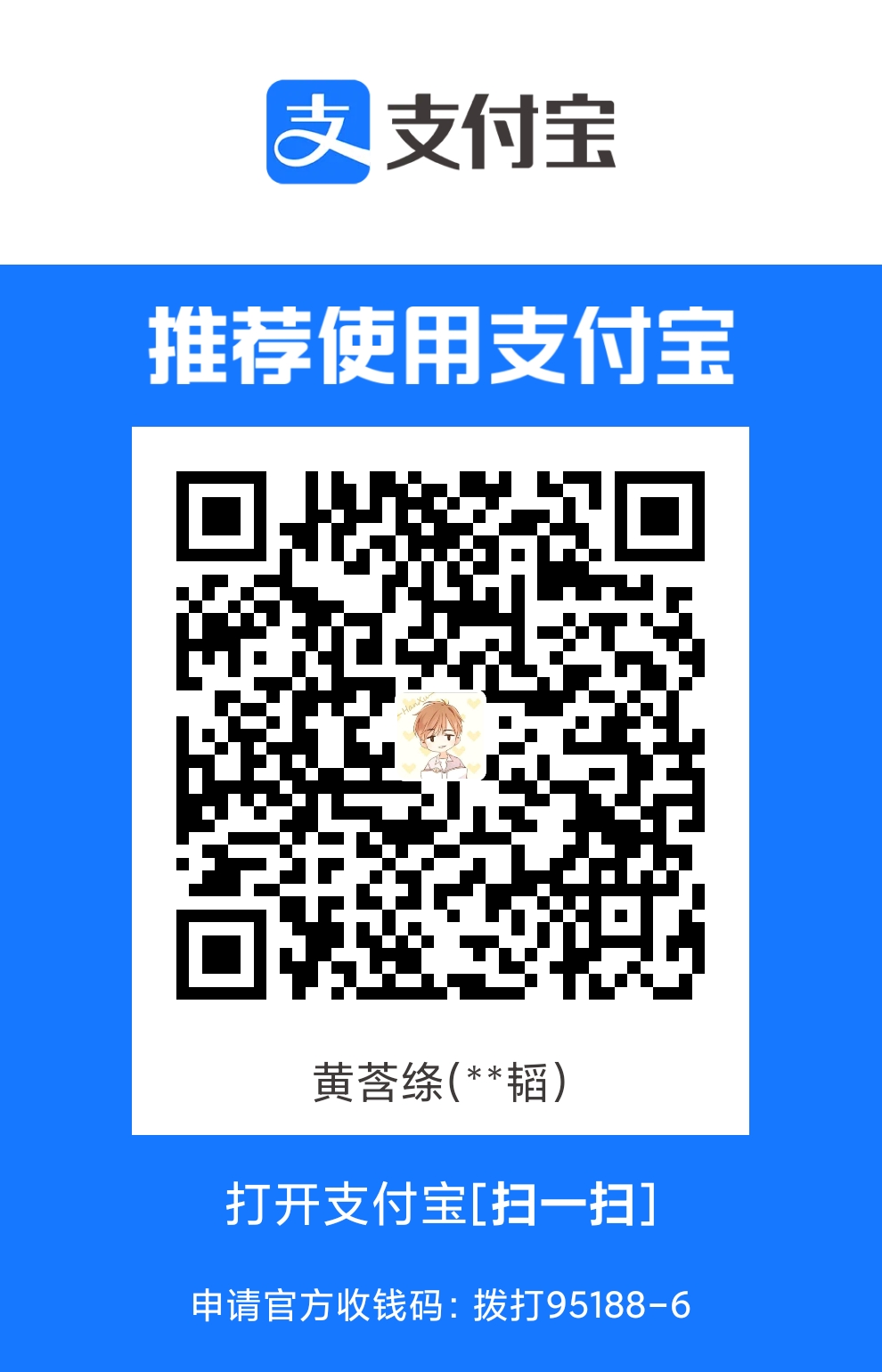我们业务里有一张表存储的是图关系结构,今天,我们需要查询出和某个节点有联系的所有节点。图是有向图。
业务抽象出的表结构很简单:
1 | create table if not exists tests( |
其中,我们定义point1是起始点,point2是终点。举个例子:(1, 2)代表从1节点到2节点。
然后我们模拟一些测试数据:
1 | insert into tests (point1, point2) values(1, 4), |
这些节点对应的图如下:
1 | 1 2 3 |
也就是说,我这里产生了9个节点,8条边。
如果我想查询节点1有联系的其他节点,那么可以通过如下SQL语句查出来:
1 | WITH RECURSIVE results AS |
其中,
WITH被称为通用表表达式(Common Table Expressions),作用是把复杂查询语句拆分成多个简单的部分。用法比较简单,大家可以搜一下这个的用法。
RECURSIVE修饰符来引入它自己,从而实现递归。
WITH RECURSIVE语句包含了非递归部分:
1 | SELECT |
和递归部分:
1 | SELECT |
然后UNION ALL用来结合这两部分的结果,最终得到我们的图:
1 | postgres=# WITH RECURSIVE results AS ( SELECT id, point1, point2 FROM tests WHERE point1 = 1 UNION ALL SELECT origin.id, origin.point1, origin.point2 FROM results JOIN tests origin ON results.point2 = origin.point1 ) SELECT id, point1, point2 FROM results; |
然后,我们也可以根据有向图的反方向进行搜索,SQL语句如下:
1 | WITH RECURSIVE results AS |
这样我们就会得到图:
1 | postgres=# WITH RECURSIVE results AS ( SELECT id, point1, point2 FROM tests WHERE point2 = 6 UNION ALL SELECT origin.id, origin.point1, origin.point2 FROM results JOIN tests origin ON origin.point2 = results.point1 ) SELECT id, point2, point1 FROM results; |


